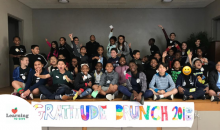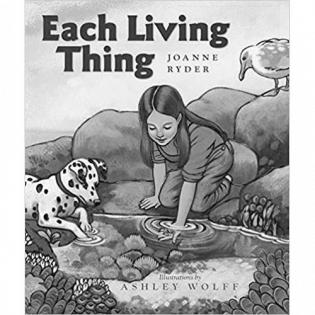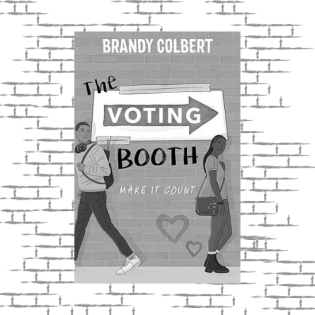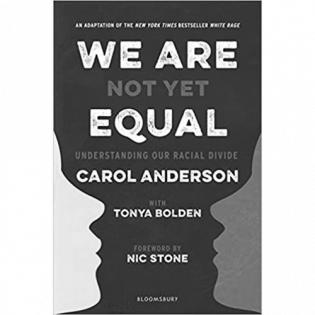Explore the research-based motivations for giving time, talent, or treasure for the common good and learn how and why to motivate oneself and others to serve.
Filter by subjects:
Filter by grades:
Filter by audience:
Filter by issue area:
Filter by content type:
Filter by resource type:
resource search
Inspired by stories of service, young people define philanthropy concepts and actions. They brainstorm acts of kindness and determine how they will contribute to the common good.
In today’s world, it’s often easy to be so busy rushing about that we forget to pause and appreciate all the living things around us. Spiders and bugs can seem like pests. Bears and raccoons can seem like nothing more than a nuisance.
Students learn effective techniques and complete prewriting activities for writing a persuasive essay. As a culmination of the unit, students choose one of the three styles of writing--news article, personal narrative, or persuasive essay--to write, edit, and publish about their experience with...
by Brandi Colbert - This book tells the story of two first-time voters overcoming barriers to vote on Election Day. The guide below provides discussion questions and activities to spark conversation about voting rights, voter suppression, and personal action.
This book is an adaptation for young people of the New York Times Bestselling book, White Rage. This book received several accolades including, an NAACP Image Award finalist book, a Kirkus Reviews Best Book of the Year, and a NYPL Best Book for Teens.
Learning about issues and using our voice is a right and a civic responsibility and vital to a healthy democracy. Teaching youth at the earliest ages about using their voice prepares them to be civically engaged as adults. It teaches them to learn more about issues and see each person as a valued member of society with an equal vote and an important voice.
Learners read about the actions and projects of people their age who stick their necks out for the sake of others.
The key to cultural competence is learning about cultures around the world. The book Children Like Me sparks curiosity about different cultures. Youth make a simple keychain to represent the different cultures they can learn about with the key that helps them open doors....
In response to Martin Luther King, Jr.'s challenge, we explore what it means to be the best with the talents you have. The learners practice listening and responding with respect. Everyone has something to give, and this lesson helps us respect and celebrate the contributions we all can make to...




